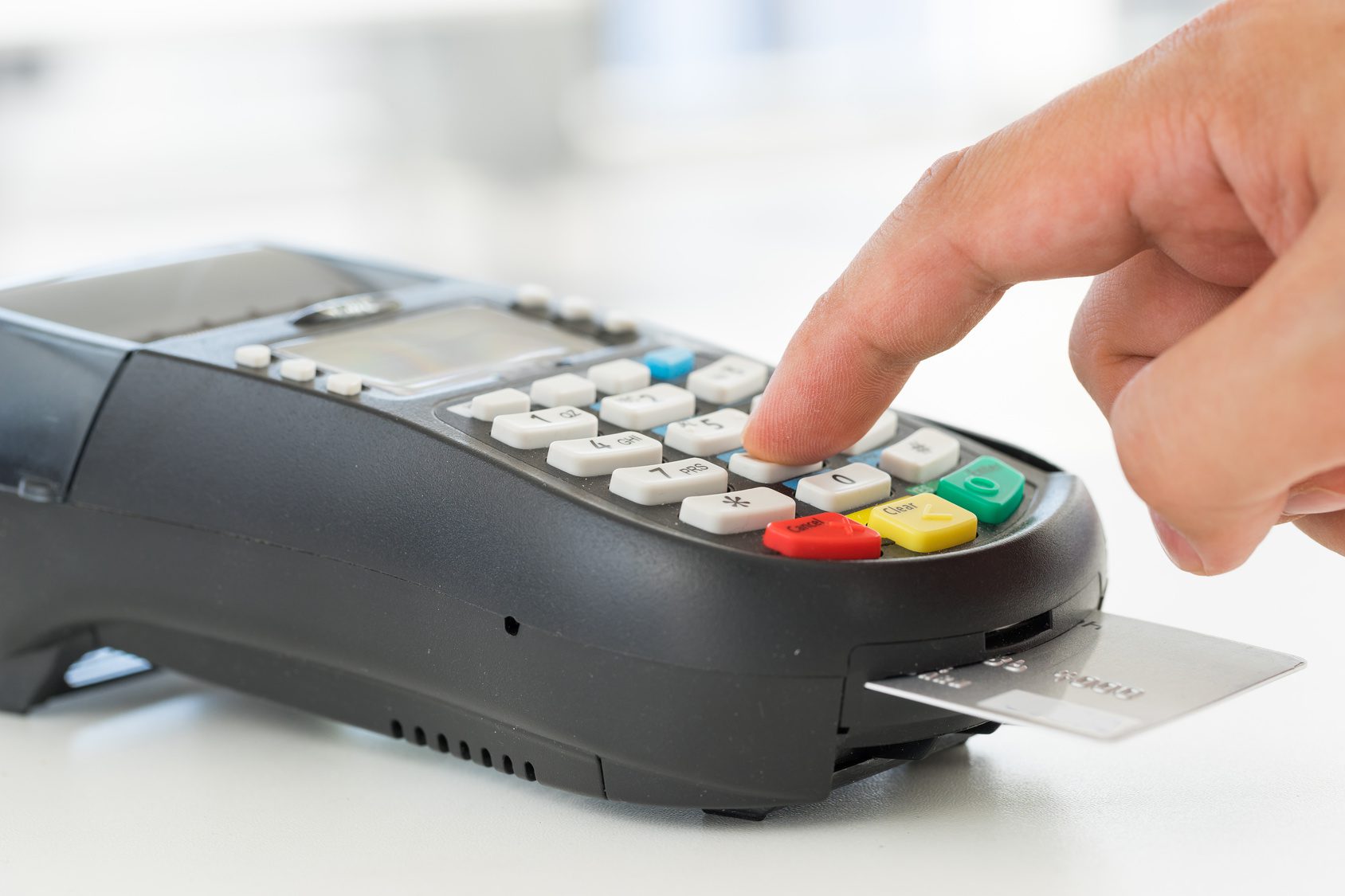The introduction of EMV (Europay, MasterCard, and Visa) technology has significantly improved the security of credit card processing, providing a more robust defense against fraud and protecting consumers worldwide. EMV cards, equipped with a small microchip, have become the global standard for secure payments, replacing the less secure magnetic stripe cards that were prone to counterfeiting and fraud.
What is EMV Technology?
EMV technology involves embedding a microchip in credit and debit cards that securely stores cardholder data. Unlike traditional magnetic stripe cards, where data is static and can be easily copied, the microchip in EMV cards generates a unique transaction code each time the card is used. This dynamic data makes it nearly impossible for fraudsters to clone the card or use stolen data for fraudulent transactions.
Enhanced Security Features
The primary benefit of EMV technology is its ability to significantly reduce card-present fraud, which occurs when a counterfeit or stolen card is used in a physical store. The unique transaction code generated by the EMV chip is valid only for that particular transaction, making any data intercepted during the transaction useless for future purchases.
In addition to the microchip, EMV cards often require the use of a PIN (Personal Identification Number) for added security. This two-factor authentication—something the user has (the card) and something the user knows (the PIN)—provides an extra layer of protection against unauthorized use.
Impact on Credit Card Fraud
Since the widespread adoption of EMV technology, instances of credit card fraud have dropped significantly in regions where EMV has been fully implemented. For example, countries like the UK and Canada, which adopted EMV earlier than the United States, saw a sharp decline in card-present fraud as chip cards became the norm.
The introduction of EMV in the U.S. has also led to a reduction in counterfeit card fraud. As more merchants have upgraded their payment terminals to accept chip cards, fraudsters have found it increasingly difficult to use cloned cards for in-person purchases. This shift has forced criminals to turn to other forms of fraud, such as card-not-present fraud, highlighting the ongoing need for comprehensive security measures across all types of transactions.
The Transition to EMV in the U.S.
The transition to EMV technology in the United States began in earnest in 2015, with a liability shift that incentivized merchants to upgrade their payment systems to accept EMV cards. Under this shift, merchants who did not adopt EMV-compliant terminals became liable for fraudulent transactions, rather than the card-issuing banks.
While the transition initially faced some challenges, including the cost of upgrading payment terminals and consumer education, the adoption of EMV has steadily increased. Today, the majority of in-person transactions in the U.S. are conducted using EMV-enabled cards, providing greater security for both consumers and businesses.
Looking Ahead
While EMV technology has significantly improved the security of credit card processing, the fight against fraud continues to evolve. As criminals shift their focus to card-not-present transactions, such as online purchases, the payments industry is developing new technologies and strategies to combat these emerging threats.
The success of EMV in reducing card-present fraud demonstrates the importance of continually updating security measures to protect consumers and businesses in an ever-changing landscape. As payment technology continues to advance, EMV remains a critical component of a secure and reliable payment system.
EMV technology has revolutionized credit card processing security, making it much harder for fraudsters to exploit stolen card data. As a result, consumers can enjoy greater peace of mind when using their cards for everyday purchases, knowing that their financial information is better protected.










